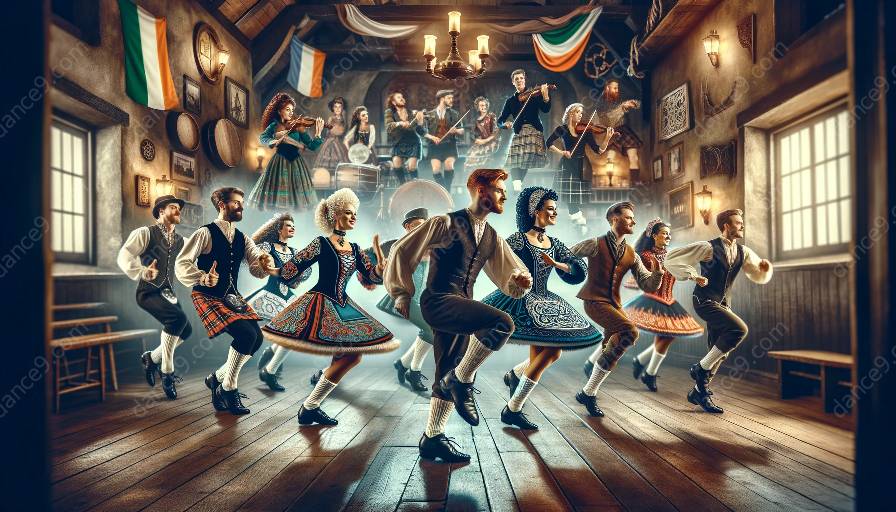Irish dance is a traditional form of dance that has captivated audiences worldwide. It is known for its intricate footwork, rapid leg movements, and vibrant music. Central to Irish dance are two distinct styles: soft shoe and hard shoe. Understanding the differences between these styles is essential for anyone interested in Irish dance or dance classes.
Soft Shoe Irish Dance
Soft shoe, also known as ghillies, is characterized by its graceful and fluid movements. Dancers wear lightweight, flexible leather shoes with soft soles and laces that wrap around the ankle. The technique in soft shoe Irish dance focuses on precision and posture, with an emphasis on rhythm and musicality. Movements include toe stands, jumps, and graceful footwork sequences that require balance and control.
The music for soft shoe Irish dance is often melodic and lends itself to lyrical and flowing movements. Dancers are encouraged to execute intricate footwork while maintaining a sense of poise and elegance. Soft shoe dances showcase a dancer's ability to interpret the music and convey emotion through their movements.
Hard Shoe Irish Dance
Hard shoe Irish dance, also known as heavy shoe or jig shoe, presents a stark contrast to the soft shoe style. Dancers wear stiff, durable shoes with hard heels and fiberglass tips that produce distinct percussive sounds. The technique in hard shoe Irish dance emphasizes power, speed, and agility. Movements in hard shoe dance include intricate toe and heel clicks, trebles, and rhythms that create a dynamic and energetic performance.
The music for hard shoe Irish dance is often lively and fast-paced, driving the dancer to execute rapid and complex footwork. Dancers must display strength and athleticism while maintaining precise timing and synchronization with the music. Hard shoe dances are known for their exhilarating rhythms and percussive beats that resonate throughout the performance space.
Differences in Technique and Style
The primary differences between soft shoe and hard shoe Irish dance lie in their technique and style. Soft shoe dance emphasizes fluidity, grace, and musical interpretation, requiring dancers to maintain a sense of lightness and elegance. In contrast, hard shoe dance prioritizes power, speed, and percussive rhythms, demanding robust physicality and dynamic footwork.
Furthermore, the choreography and movements in soft shoe and hard shoe dances vary significantly. Soft shoe dances often feature intricate patterns and sequences that flow seamlessly with the music, while hard shoe dances showcase complex rhythms and dynamic foot placements that create a striking visual and auditory spectacle.
Impact on Dance Classes
Understanding the distinctions between soft shoe and hard shoe Irish dance is crucial for dance instructors and students. By appreciating the unique characteristics of each style, instructors can tailor their classes to cater to the specific techniques and skills required for soft shoe and hard shoe dance.
In dance classes, students can explore both styles to develop a diverse set of skills and artistic expression. Soft shoe classes may focus on balance, flexibility, and musical interpretation, while hard shoe classes may prioritize strength, agility, and precision. By incorporating both styles into dance classes, students can experience the rich diversity of Irish dance and expand their repertoire of movements and techniques.
Conclusion
Soft shoe and hard shoe Irish dance represent two distinct yet integral aspects of the rich tradition of Irish dance. Their differences in technique, style, and musical interpretation offer a captivating insight into the diversity of this art form. Understanding the impact of these differences on dance classes enables dancers to appreciate and develop their skills in both styles, fostering a deeper understanding and appreciation of the art of Irish dance.













































































